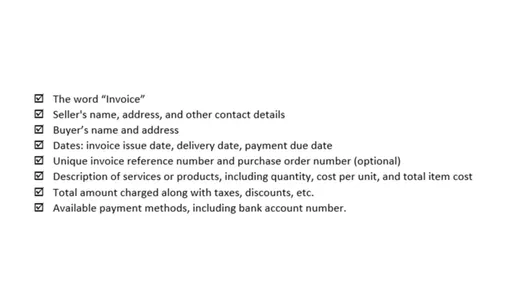Content

You can find out how to keep your books in good standing and how to stay out of hot water with the federal government using the helpful tips in this part. After reading these chapters, you can feel confident that you’re indeed going about your books in the right way. You direct or manage a midsize nonprofit and want to understand a little more about how to manage day-to-day operations and take care of your own books. You balance the general ledger and prepare a trial balance. Your trial balance tests the accuracy of account (debit and credit) balances.
Good housekeeping starts by keeping your checkbook register balanced (see Chapter 7) and continues with maintaining organized records (see Chapter 4). For example, take the statement of financial position with its assets and liabilities. Asset accounts normally have a debit balance, so the normal balance for assets accounts is a debit balance. Normal balance of any account is a positive amount or what is done to increase that account.
Nonprofit Bookkeeping and Accounting For Dummies – Sharon Farris
For example, accounts beginning with 1 are usually assets accounts. After you get used to using the chart of accounts, you’ll enjoy nonprofit bookkeeping services the benefits of coding transactions according to their classification. Chapter 5 has more on setting up your chart of accounts.
People want to see proof — cold, hard numbers in black and white. So you must dot every i and cross every t in your day-to-day operations. You’re interested in bookkeeping and accounting as a profession. I understand that you’re a very busy person working in a small- to medium-sized nonprofit.
Browse Books
For example, you count the plates before setting the table at home. You count the number of e-mails you receive while you’re out of the office. Even a gesture such as looking at your watch and thinking about how much time you have before your next appointment is a form of accounting. When you https://www.bookstime.com/ swipe your credit card or bank debit card, write it down right away in your checkbook register. An operational audit (also called the management audit or performance audit) measures and evaluates how efficiently you’re operating and how effectively you’re managing your nonprofit’s resources.
The only way to have accurate records is to record transactions when they take place. Debits and credits are done through double-entry accounting to keep your accounting equation in balance. Every transaction affects two or more items in your accounting equation. When you record entries in two or more places, you’re doing double-entry accounting. Accounting reflects what happens financially by increasing and decreasing accounts in the form of debits and credits. After you grasp the normal balances — what it takes to increase an account — for all accounts, you’ll know when to apply debits and credits.
